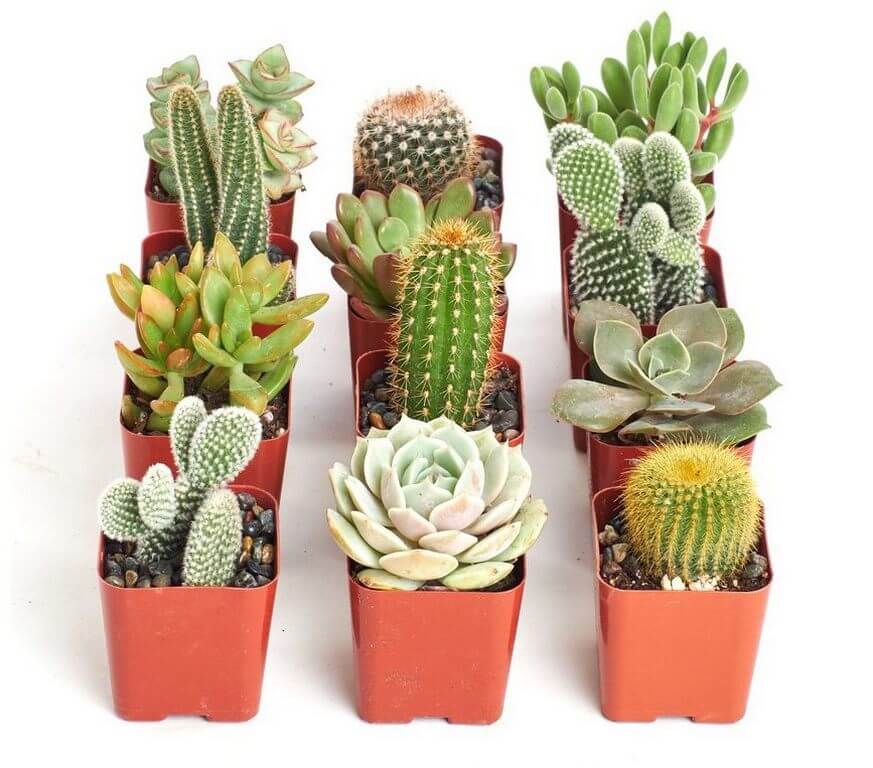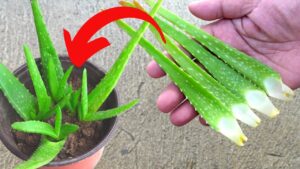The world of cacti is a fascinating one, marked by an array of species each tantalizingly distinct from one another. Renowned for their resilience, these succulent wonders are not only beloved for their aesthetic appeal but also for their intriguing characteristics. This guide delves into the prominent varieties of cactus plants, examining what sets each apart and how they fit into the tapestry of gardens and homes.
Whether you are a seasoned enthusiast or a curious novice, understanding the nuances of different cactus species can enrich your gardening experience and deepen your appreciation for these remarkable plants.
Exploring the Shape and Size: Iconic Cacti Showcasing Diversity
Among the most striking features of cacti is their diversity in form and stature. The Saguaro cactus, for instance, is emblematic of the American Southwest, boasting an impressive height that can exceed 40 feet. Its iconic arm-like projections are not merely architectural; they are vital for survival, enabling the plant to reach out for more sunlight while storing precious water within its fleshy body. This majestic giant serves as a habitat for various wildlife, enriching the ecological balance of its environment.
In stark contrast lies the Micro-Cactus or the Miniature Cacti, which typically measure less than a few inches tall. Resembling tiny green pom-poms or delicate jewels, these diminutive specimens captivate collectors and those with limited space. Their aesthetic charm is often enhanced with vibrant blooms, further enchanting anyone who lays eyes on them. The easy maintenance and adorable stature make them an ideal choice for those desiring a touch of nature indoors.
Adding to the spectacle are the Barrel Cacti, notable for their stout, cylindrical shape. These hardy plants are often adorned with vibrant spines that create a striking visual display. The Golden Barrel cactus, for example, is particularly striking with its golden yellow spines, accentuating the vivid green of its body. The barrel shape allows for efficient water storage, allowing this cactus to thrive in the harsh desert conditions. Each type contributes uniquely to the overall aesthetic of the desert landscape, creating a visual symphony of shapes and colors.
The Blooming Beauty: Cactus Flowers that Dazzle
Cacti are renowned not only for their unique structures but also for their enchanting flowers that spring forth during specific seasons, transforming a commonplace appearance into breathtaking displays. The Night-Blooming Cereus is a prime example, a species that rarely draws attention until its ethereal white blossoms unfurl under the moonlight. These large, fragrant flowers exude a captivating scent, attracting nocturnal pollinators and becoming the centerpiece of any nighttime garden.
Conversely, the Christmas Cactus introduces an enchanting twist to holiday decorations with its cascading blooms that can vary in color from vibrant pinks to soft whites. Flowering profusely around the holiday season, it is a symbol of festivity and warmth. The juxtaposition of its delicate blooms against the sturdy, prickly leaves offers a visual contrast that underscores the duality of cacti. This seasonal display highlights not only the beauty of the plant but also its significance in various cultural contexts, from ornamentation to symbolic festivity.
There are also species like the Echinopsis, known for producing massive, vibrant blooms that can appear dramatically atop the cactus’s body during the day, radiating colors ranging from fiery reds to creamy whites. Their visually arresting presence is palpable, often enticing admirers and pollinators alike, while serving as a stunning focal point in any garden. The overall impact of these flourishing blooms invites us to appreciate the intricate designs of nature, merging both the harshness of their survival mechanism with their stunning aesthetic displays.
Unique Adaptations: Survival Lessons from Cacti
Cacti possess a series of adaptations that allow them to thrive in arid environments, making them fascinating subjects of study. The spines that so often define their appearance serve dual purposes; they provide protection from herbivores, while also limiting water loss in the harsh sun. The spine-covered body of the Porcupine Cactus is a perfect case in point, distinctively draped in long, sharp spines that seem to echo a nature’s warning to potential predators. These adaptations have evolved over millennia, showcasing an intricate understanding of their environment.
Additionally, the pleats observed in many cactus species, like the Organ Pipe cactus, are noteworthy. These grooves allow for expansion during the rare rain, enabling the plant to capture and store moisture effectively. Such physical characteristics not only enhance the cactus’s water retention capabilities but are also visually intriguing, showcasing nature’s ingenuity at its finest.
In summary, the world of cacti presents a rich array of species, each exhibiting unique characteristics that contribute to their charm and resilience. From the towering Saguaros of the Southwest to the minute Micro-Cacti, there exists a variety that captivates both the eye and the mind. The delicate blooms that grace many cacti further enhance their appeal, reminding us that beauty can thrive in even the most challenging environments. With their remarkable adaptations, cacti not only endure but flourish, offering invaluable insights into the tenacity of life itself.




Leave a Comment